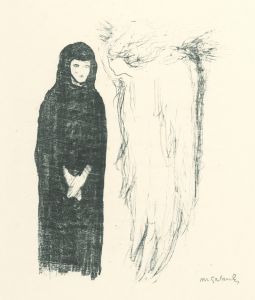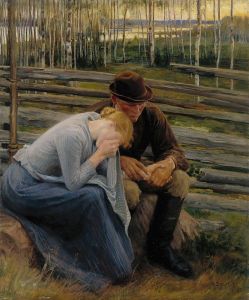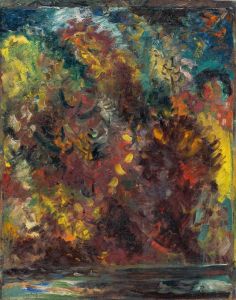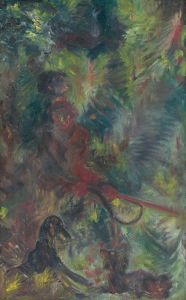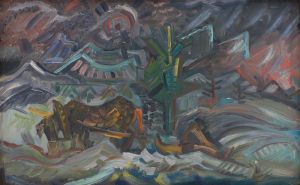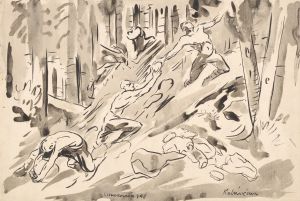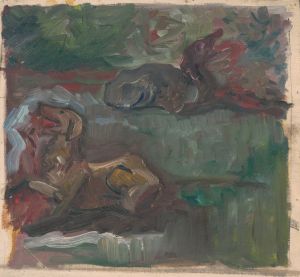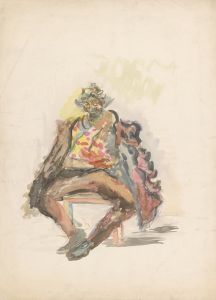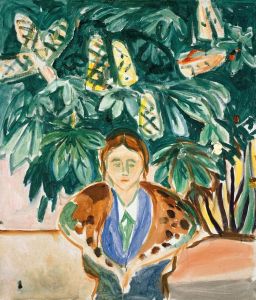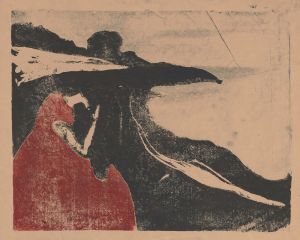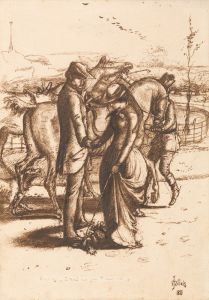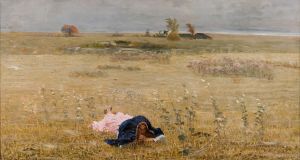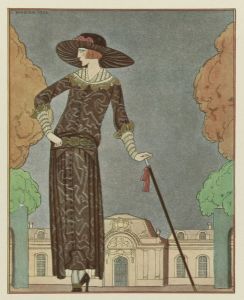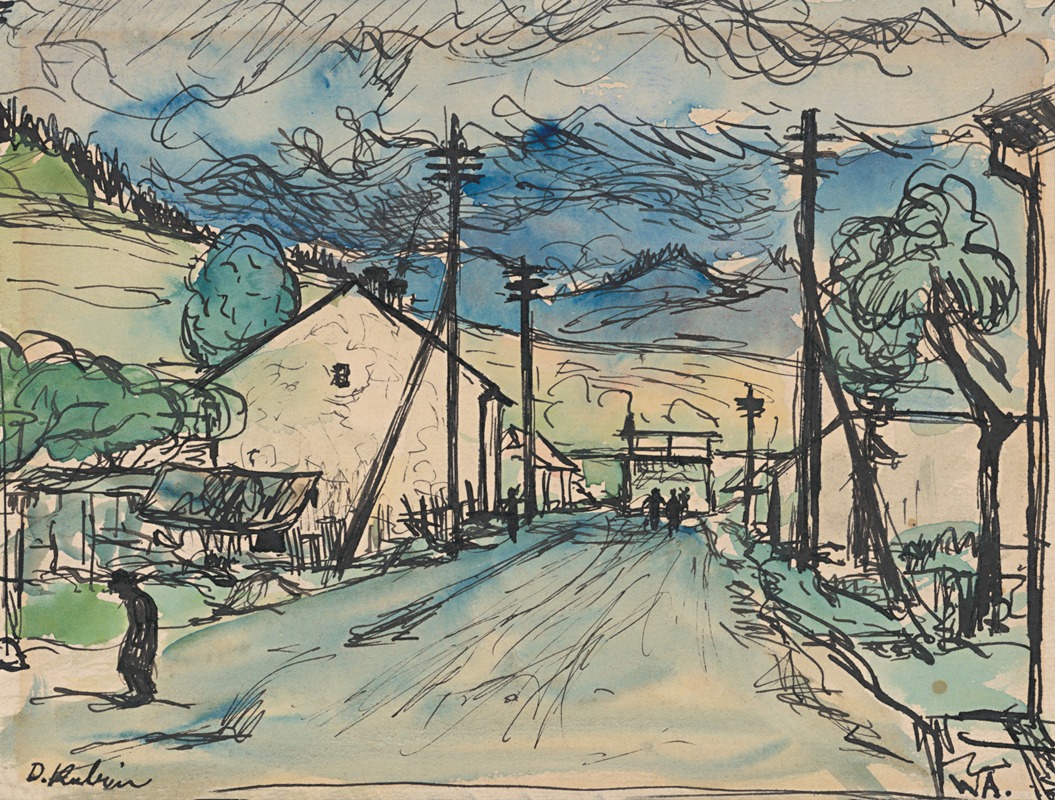
Sad man in the village
A hand-painted replica of Arnold Peter Weisz-Kubínčan’s masterpiece Sad man in the village, meticulously crafted by professional artists to capture the true essence of the original. Each piece is created with museum-quality canvas and rare mineral pigments, carefully painted by experienced artists with delicate brushstrokes and rich, layered colors to perfectly recreate the texture of the original artwork. Unlike machine-printed reproductions, this hand-painted version brings the painting to life, infused with the artist’s emotions and skill in every stroke. Whether for personal collection or home decoration, it instantly elevates the artistic atmosphere of any space.
Arnold Peter Weisz-Kubínčan was a Slovak-Jewish painter and graphic artist born in 1898 in Dolný Kubín, Slovakia. He is known for his distinctive modernist style, which often combined elements of Cubism, Expressionism, and Symbolism. His works frequently explored themes of human emotion, spirituality, and the struggles of existence, reflecting the turbulent historical and personal circumstances of his life.
One of his notable works, Sad Man in the Village, exemplifies his ability to convey deep emotional resonance through his art. The painting depicts a solitary male figure in a rural setting, characterized by a somber and introspective mood. The composition uses bold, angular lines and a muted color palette, which are hallmarks of Weisz-Kubínčan's style. The figure's expression and posture suggest feelings of melancholy and alienation, themes that were recurrent in the artist's oeuvre. The rural backdrop, likely inspired by the Slovak countryside, adds a layer of contextual depth, connecting the personal struggles of the individual to the broader social and cultural environment of the time.
Weisz-Kubínčan's artistic career was tragically cut short due to the events of World War II. As a Jewish artist living in Slovakia during the Holocaust, he faced persecution under the Nazi regime. In 1944, he was deported to a concentration camp, where he was killed. Much of his work was lost or destroyed during this period, making the surviving pieces, including Sad Man in the Village, particularly significant as rare examples of his artistic legacy.
Today, Weisz-Kubínčan's works are appreciated for their emotional depth and innovative style. They serve as a poignant reminder of the cultural contributions of Jewish artists in Central Europe and the devastating impact of the Holocaust on the artistic community. Sad Man in the Village remains an important piece in understanding the artist's perspective and the historical context in which he lived and worked.





